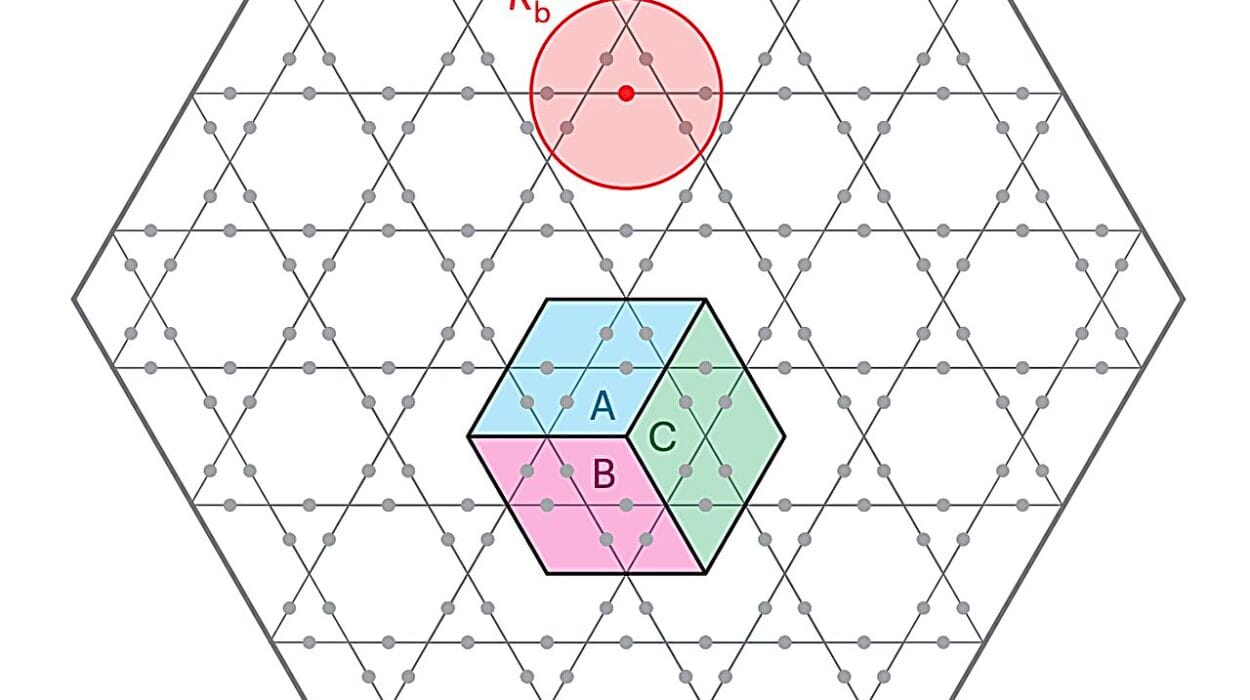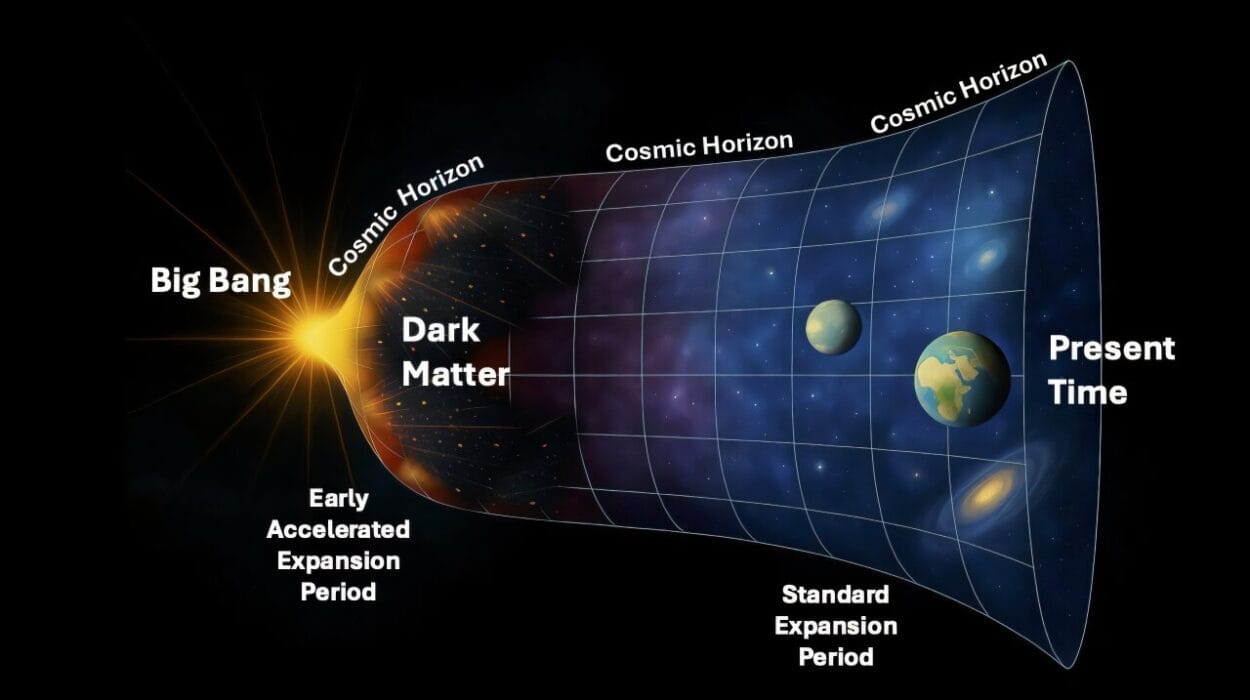In the strange and beautiful world of quantum materials, nature sometimes reveals patterns that defy conventional logic. Imagine a material that behaves like an electrical insulator on the inside, yet conducts electricity flawlessly along its edges. These are topological materials, a class of solids whose surfaces and boundaries hum with quantum activity while their interiors remain silent. For years, scientists have been captivated by their mysterious properties, and now, a new twist has emerged—one that could open fresh pathways in quantum technology.
In a groundbreaking new study, an international team of researchers has uncovered something never seen before: a material that naturally hosts two coexisting quantum phases, each extraordinary on its own, yet now found dancing together in harmony. The discovery, published in Nature Physics, centers around a compound called Ta₂Pd₃Te₅ and reveals the existence of a rare and long-sought phenomenon known as a topological excitonic insulator.
A Material That Breaks Its Own Rules
At first glance, the material appears unremarkable. Ta₂Pd₃Te₅ is a dark, metallic-looking compound, but what lies beneath its surface is a marvel of physics. As the temperature drops, this material begins to change—not in form, but in behavior. Below 100 Kelvin (–173 °C), it opens up an insulating energy gap. By itself, that might not seem too exciting. But this energy gap is the signal of something much deeper—a collective quantum state forming in the cold.
What the researchers observed is the spontaneous formation of excitons—pairs of electrons and the “holes” they leave behind when they jump energy levels. Like dancers drawn together by invisible music, these electron-hole pairs form a coordinated state, known as an excitonic condensate. But here’s the twist: this was happening in a bulk 3D material, not a delicate 2D engineered surface.
“This is the first time we’re seeing both topology and excitonic correlation dance together in a bulk material,” said co-lead author Yuxiao Jiang. Until now, such phenomena were confined to artificially structured atomic layers just a few atoms thick. But in Ta₂Pd₃Te₅, nature performs the ballet unaided.
The Quantum Fingerprint: Watching Electrons Rearrange
To unearth this hidden behavior, the scientists turned to one of the most sensitive tools available: scanning tunneling microscopy (STM). This technique allows researchers to feel out the landscape of electrons on a material’s surface—almost like reading Braille at the atomic level.
What STM revealed was astonishing. As temperatures fell below 100 K, the researchers saw a sharp change in the material’s electronic landscape. A gap opened up in the energy spectrum—a hallmark of insulating behavior—but localized only at specific atomic arrangements. Using another advanced method, angle-resolved photoemission spectroscopy (ARPES), the team confirmed that this was caused by zero-momentum excitonic condensation—a telltale sign of an excitonic insulator.
But there was more.
As the system cooled even further, below 5 K, a second, even stranger feature appeared. A finite-momentum excitonic condensate emerged—one that actually breaks the material’s translational symmetry. In simpler terms, the atoms in the material were still arranged normally, but the electron cloud formed a new periodic pattern, as if an invisible second crystal had formed inside the first.
“This dual excitonic behavior—zero and finite momentum—has never been seen before,” said co-author Zijia Cheng. “Even more remarkable, we could tune the pattern’s wavevector with a magnetic field. It’s like being able to reshape the rhythm of the quantum dance just by adjusting the lights.”
A Natural Quantum Playground
These discoveries go beyond academic curiosity. The marriage of topology and excitonic behavior in a single material unlocks a powerful new playground for scientists trying to build the next generation of quantum devices. Topological edge states are already known for their resilience—they can carry information without scattering, even in the presence of imperfections. Pairing this with excitonic condensates, which allow for frictionless transport of energy or information, could pave the way toward dissipationless electronics and spintronic or optoelectronic devices with previously unimaginable capabilities.
The material’s intrinsic symmetry-breaking behavior—meaning it rearranges its internal quantum order without any external prodding—is especially exciting. “Most candidate materials for excitonic insulators require extreme engineering or are plagued by structural distortions that cloud the results,” said Md Shafayat Hossain, lead author of the study. “This compound does it all by itself.”
For comparison, earlier breakthroughs in excitonic condensation often relied on 2D heterostructures, such as carefully layered monolayers of tungsten ditelluride (WTe₂). These required nanometer-scale fabrication and ultraclean interfaces. Ta₂Pd₃Te₅, by contrast, performs the same feat in bulk, simply when cooled to the right temperature—no atomic tinkering required.
The Future of Quantum Materials
The implications of this discovery are profound. From a theoretical perspective, it confirms the possibility that topological quantum phases can emerge from spontaneously broken symmetries, a concept long hypothesized but rarely observed in nature. From a technological standpoint, it introduces an entirely new class of materials with self-organizing quantum properties—ideal for applications in quantum computing, ultra-efficient transistors, and tunable photonic devices.
But perhaps most tantalizing is the promise of what might still be waiting to be found.
“This is like discovering an exoplanet with water,” Hossain said. “If one such material exists, it means there could be many others. We’re just beginning to explore this new territory.”
The team is already looking ahead. Their next steps include synthesizing related compounds, exploring the transport properties of the quantum states within Ta₂Pd₃Te₅, and testing how these states behave under different pressures, fields, or mechanical strains. They’re also building experimental devices that could directly harness the exotic quantum phases they’ve uncovered.
A Quantum Symphony in Solid Form
To the untrained eye, Ta₂Pd₃Te₅ is just another crystal. But to those listening closely, it plays a deep and complex symphony—one composed of quantum harmonies, broken symmetries, and hidden topologies. In its quiet chill, it conducts a concert where particles bind, phases shift, and boundaries light up with energy.
The discovery doesn’t just enrich our understanding of physics—it redefines what’s possible. As science continues to dive deeper into the quantum unknown, materials like this will be our guiding stars—strange, beautiful, and full of potential.
And somewhere in the cold depths of a lab, a humble crystal continues to whisper the secrets of a universe we are only just beginning to understand.
Reference: Md Shafayat Hossain et al, Topological excitonic insulator with tunable momentum order, Nature Physics (2025). DOI: 10.1038/s41567-025-02917-6






